This post may contain affiliate links. Please read my disclosure and privacy policy.
This post may contain affiliate links. Please read my disclosure and privacy policy.
Happy last day of winter, everyone! I think we are all (more than) ready for a spectacular spring.
But first, a glorious bowl of porridge. (Yes, I used glorious and porridge in the same sentence.) And some persuasion.
It was only a short while ago that quinoa was a mystery to most of us (keen-WHAT? Kwin-noah?) Now it is a ubiquitous feature in supermarkets, magazines, blogs, TV shows and fitness journals, as well as a featured ingredient in everything from crackers to breads to cereals. It is even the subject of several single subject books (For example, umm, this one: 500 Best Quinoa Recipes). It’s undeniably versatile, as well as delicious, naturally gluten-free, and high in protein.
But now it’s time to make room for another supergrain: Teff.
It may be new to most of us, but it’s been harvested for thousands of years in Ethiopia. An estimated 6.3 million farmers grow teff in Ethiopia, where fields of the crop cover more than 20% of all land under cultivation. It’s not surprising when you consider that 1 pound of teff can produce up to 1 ton of grain in as little as 12 weeks.
Here’s why I am making teff a regular part of my diet, and why I think you should do the same:
(1) It is high in calcium and other minerals. Teff has more calcium than any other grain (it rivals spinach in calcium availibility), and is also high in manganese, phosphorous, iron, copper, aluminum, barium, and thiamin. Additionally, the iron found in teff is easily absorbed (a great benefit if you do not consume much or any red meat, or for anyone with low iron levels).
(2) It is naturally gluten-free. No spooky ingredients or special treating needed. Whether you must follow a gluten-free diet, or are simply looking to cut back on the gluten in your diet, teff is a fantastic option.
(3) It is a good source of Vitamin C. Most grains have little or no Vitamin C. Take that, orange juice!
(4) It is high in protein. 1/4 cup of dry grains has a whopping 6 grams of protein. It is not a complete protein, but almost: it boasts eight of the essential amino acids needed for the body’s growth and repair.
(5) It is an excellent source of resistant starch. Approximately 30 to 40% of teff‘s fiber is resistant starch, a dietary fiber that helps balance and maintain healthy blood sugar levels. Resistant starch also benefits colon health, weight management, and digestion in general.
(6) It is low in calories. Because it is so low in sugar and high in fiber, teff has fewer calories than other grains. 1/4 cup of the uncooked tiny grains has 161 calories. When it is cooked into porridge using my method above, it yields about just over 1 cup of (very filling) porridge. Similarly, the same 1/4 cup of grains yields a scant cup of fluffy grains when cooked using my basic rice-style method.
(7) It is less expensive than quinoa. In general, it costs several dollars less per pound than quinoa.
(8) It is versatile. Make it into porridge (below), or cook it using my light and fluffy method to use in salads or as a replacement for nuts and seeds in recipes (it has a delicate crunch akin to poppy seeds). It is also a terrific multi-purpose thickener for soups and stews (simply stir in a few tablespoons during the last 20 minutes of cooking).
(9) It is naturally low in fat. Teff has a mere 0.6 g of fat per 1/4 cup of uncooked grains.
(10) It is scrumptious! Hmm, I really should have put this under number one! Teff has a mild, nutty flavor that is free from any bitterness. It goes with just about everything. Really. Sunny flavors, earthy flavors, chocolate, spices, fresh herbs, fruits, vegetables, you name it.
Where to Begin?
A great way to start with teff is to let it start your day. It makes a fast, filling creamy porridge that can be topped in myriad ways (may I recommend goji berries +pepitas + a splash of coconut milk + a sprinkle of coconut sugar that I made this morning? Heavenly!)
Here’s to Teff!
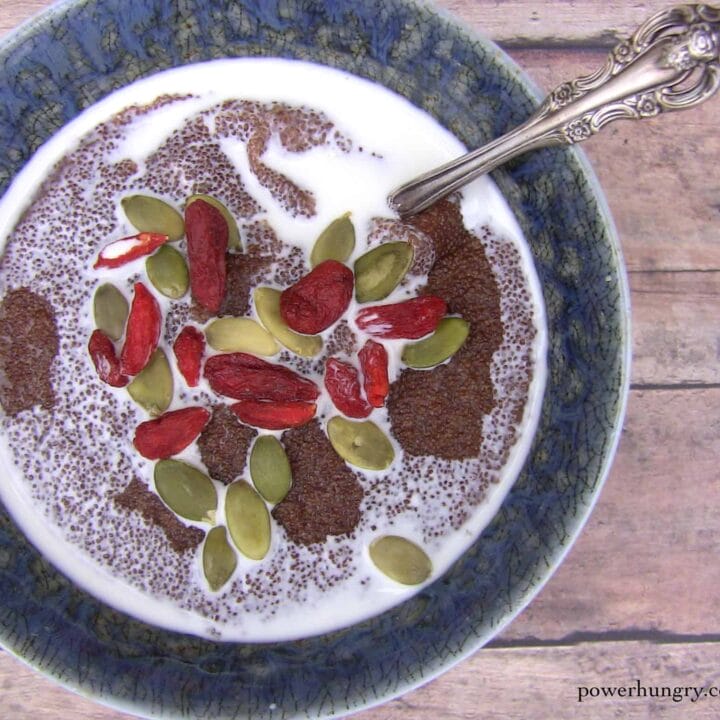
Perfect Teff Porridge
Ingredients
- 1-1/4 cups water
- 1/4 cup teff grains
- pinch of fine sea salt
Suggested toppings:
- milk (dairy or nondairy) or yogurt
- fresh or dried fruit
- nuts or seeds
- sweetener (e.g., natural cane or coconut sugar, stevia, maple syrup, honey)
Instructions
- In a small saucepan, bring water to a boil. Mix in the teff and salt; reduce heat to low. Cook, stirring occasionally, for 13 to 15 minutes, until porridge is thick and creamy (not dry) and grains are tender.
- Transfer to a bowl and top with any of the suggested toppings. Eat!
Nutrition Information
Serving Size entire recipeAmount Per Serving Calories 161Total Fat 0.6gSaturated Fat 0gCholesterol 0mgSodium 157mgCarbohydrates 33gFiber 6gSugar 0gProtein 6g
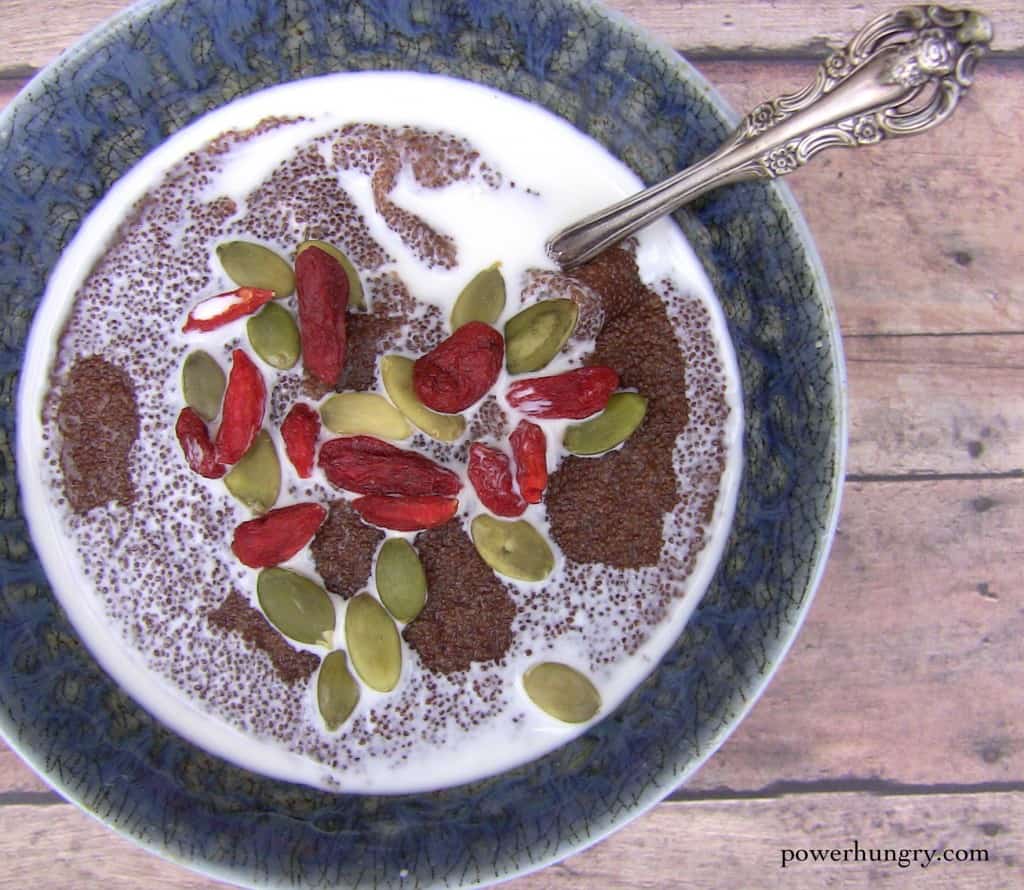

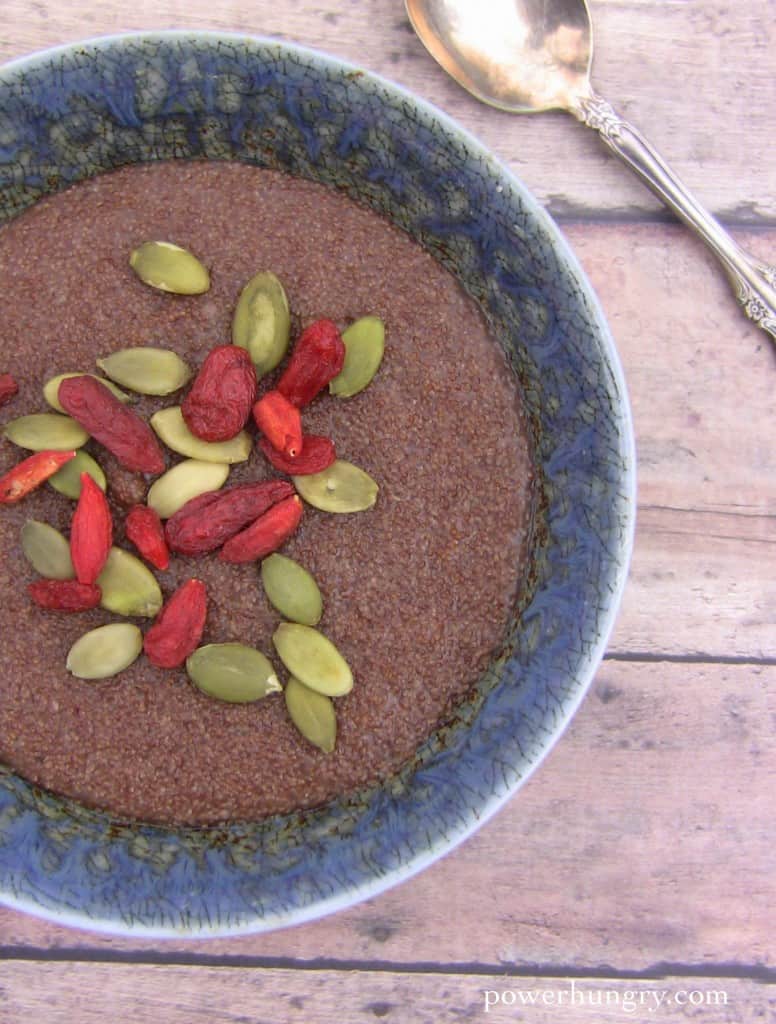

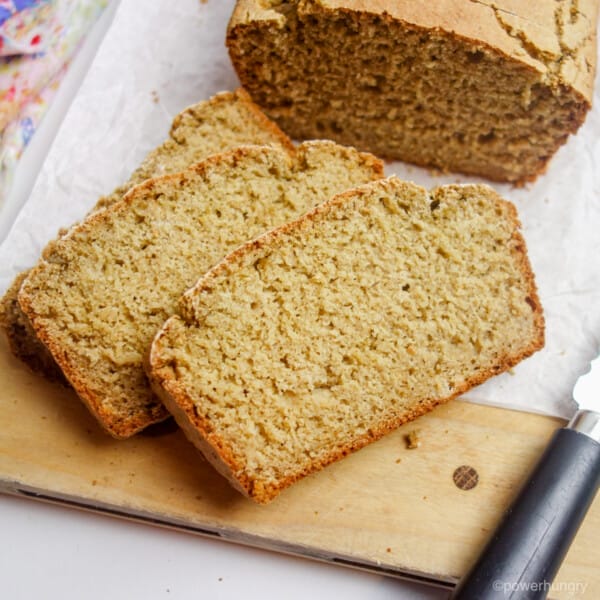
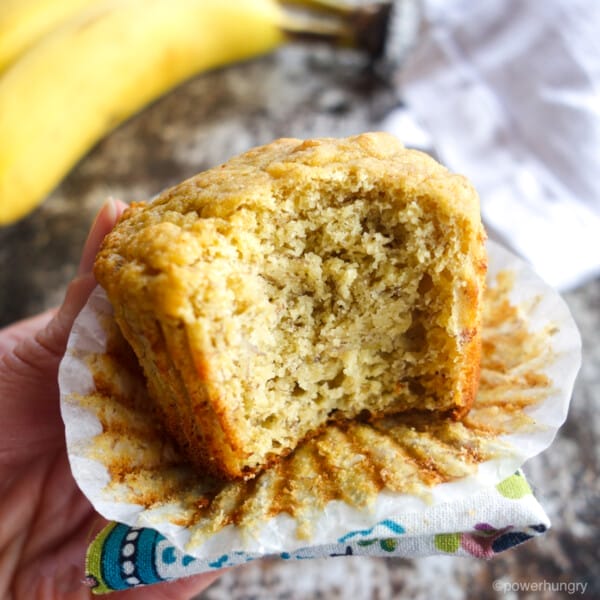























Does this fill you up for longer than oat porridge? Whenever I eat oats for breaky I end up with a sugar crash about 90 min later (even though I don’t add sugar and make it with cashew milk). Soooo frustrating!
I understand re: the oatmeal crash, Vikki, my husband was just complaining about that the other day (ate oatmeal for breakfast, super full, and then super hungry later). Teff has a lower glycemic index than other grains, so yes, not the same sugar spike and crash–one of the reasons I love it.
I cooked whole grain Teff in water to make a porridge. It was very bitter! Could it be because the grains were old? I bought it in the spice section of an international market.
S
Hi! Oh dear, that definitely does not sound right. I have never had bitter teff, it should have a very mild, subtly sweet flavor. It might have been old and /or rancid (i.e., the oils in the grains went bad). I hope you are able to find a fresh package and try it again, it is such a wonderful grain!
Hi- just to let you know I got a new bag of Teff and made porridge from it. It came out like it was supposed to. I guess the first batch I bought must have been old. Thank you for your response.
I am so happy you gave it another try! I know, I have ruined some recipes because I did not realize they grains or grain flour had turned. Enjoy the teff!
Can I just add it uncooked to my regular morning serial, right out of the package? Thanks and Regards.
Hi Frank,
No, that would not be good–it would be like eating sand. You might chip a tooth .
I like that this is printed as a recipe for one, and there is no need to divide batches to figure out the nutritional content.
I used a slightly larger pot, since I was worried about spatters, and ended up with a drier result, despite using a lid ajar on top. This is not a complaint, just an observation! I wasn’t sure how much of the time was to actually COOK it, and didn’t want to end up with something poorly digested, That said, the result I think would be a great stand-in for polenta! I ate it the way I often eat polenta and steel cut oats, with salt and pepper and a happy chicken egg, sunny-side up, placed on top. Yum!
It looked like it would stiffen up like polenta when chilled. Slice and fry it, top with a veggieful marinara, and there’s your supper application!
Brilliant all around, Heidi! I love a recipe that can multitask/morph into multiple meals 🙂
Making, This. For. Dinner. 🙂
Heehee, glad I am not the only one who thinks porridge for dinner is a good idea, Carrie. If only I could convince my husband and son… 🙂
Oh my, this looks right up my alley. I will definitely pick up some teff, I saw it in the bulk foods section at Whole Foods. I think it was only about $3.99 a pound. Excited to try this.
You will love it, Carol!
I think I am more than convinced by the porridge photo alone! It does sound like the new quinoa, but glad it is less expensive 🙂
Ahh, thanks so much, Helena. Been working on taking more decent photos 🙂
I know what I am making for breakfast tomorrow! Looks amazing, Camilla, and easy!
Enjoy, Gina! 🙂